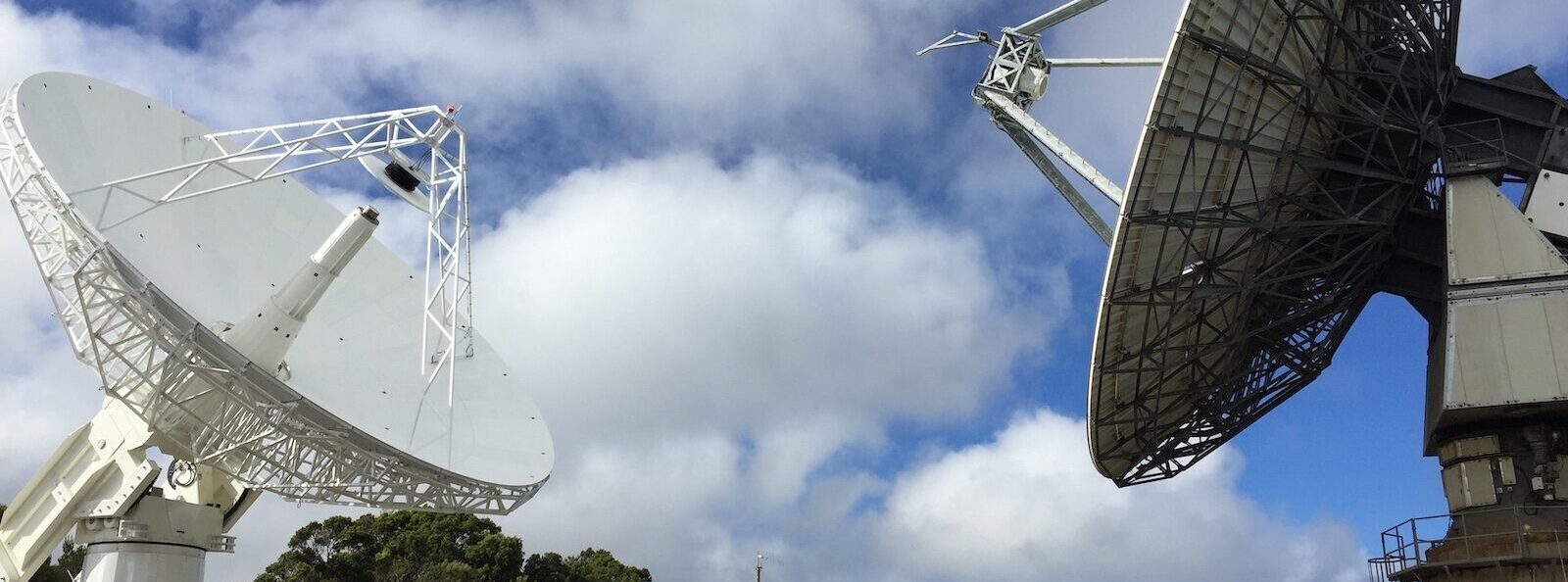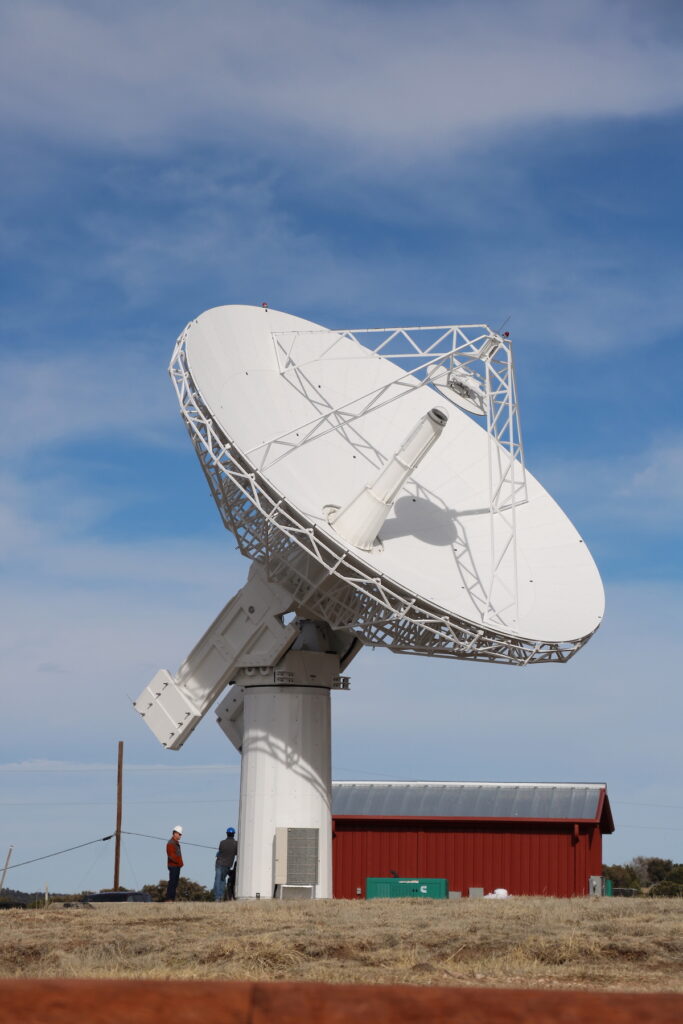
Advancing VGOS
Haystack provides support for the signal chain (the path that radio-wave data takes through the antenna) at several VGOS observatories, including Kōke`e Park Geophysical Observatory (KPGO) in Hawaii, as well as the telescopes at the Westford Radio Telescope and at the Goddard Geophysical and Astronomical Observatory (GGAO) in Maryland. Haystack also provides general support of geodetic VLBI through extensive correlation development, multiple forms of network support, data quality evaluation, assessment of precision and accuracy of geodetic estimates, and support of universal time (UT1) monitoring through contract with the U.S. Naval Observatory (USNO).

Haystack designed, built, and installed the signal chain for the NASA VGOS antenna located at McDonald Observatory (MGO) at the University of Texas–Austin. The MGO station follows the design of the VGOS system deployed at KPGO in Hawaii in 2016, which entails the design—with some upgrades and improvements—and construction of its frontend, backend, and calibration systems. Also central to the VGOS project goals are Haystack advanced software correlation capabilities, as well as post-processing, diagnostics, and quality control software systems.
Haystack also designed, built, and installed engineering test units for vibration and pointing performance assessment of the main dish. The Engineering Test Unit system (ETU) is a realistic representation of the actual VGOS signal chain, the Operational Unit (OU) that helps NASA with verification and validation of the MGO antenna mechanical stability and radio-frequency (RF) performance. The ETU will be redeployed at successive VGOS build sites by NASA. The 2018 ETU also includes a Haystack vibration monitoring system (VMS) for the McDonald antenna. The VMS includes a data logger and a set of standalone accelerometers to help with dynamics analysis of mechanical vibrations of the newly fabricated and assembled VGOS dish early in the build process.